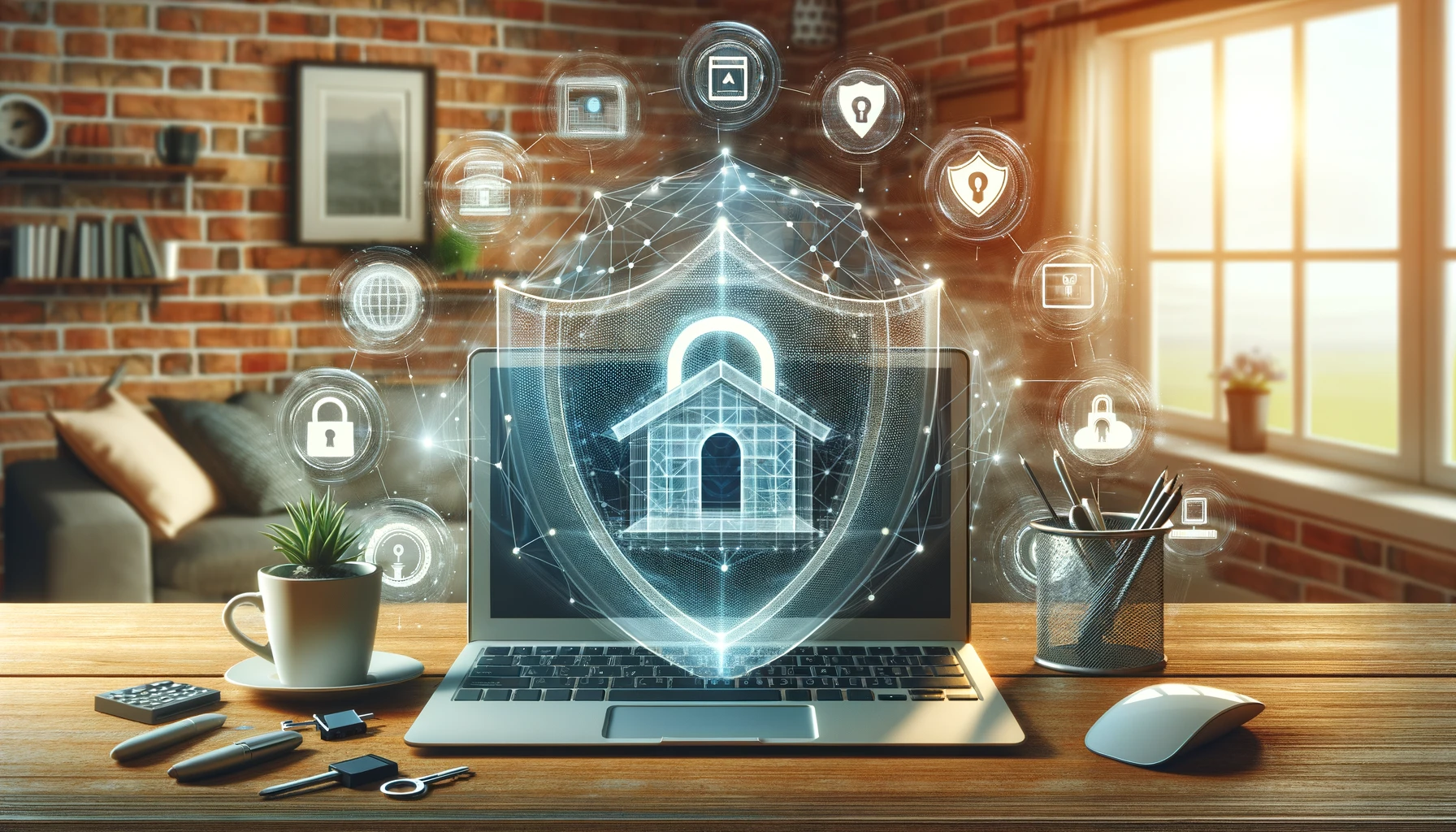Cybersecurity for Remote Workers
In the evolving landscape of work, the shift towards remote working models has become increasingly prominent. This transition, while offering flexibility and convenience, also brings forth a range of cybersecurity challenges. It is imperative for remote workers and organizations to establish robust cybersecurity protocols to safeguard sensitive information and maintain operational integrity. In this comprehensive guide, we will explore the best practices for cybersecurity in remote working environments.
Understanding the Risks
Remote work exposes both employees and organizations to various cyber threats, such as phishing attacks, unsecured Wi-Fi networks, and malware. The absence of an office's secure network perimeter means that remote workers must be extra vigilant in protecting their devices and data.
1. Secure Your Wi-Fi Connection
The foundation of remote work cybersecurity is a secure Wi-Fi connection. Use a strong, unique password for your Wi-Fi network and enable WPA3 encryption. Avoid public Wi-Fi networks for work-related tasks. If necessary, use a reputable Virtual Private Network (VPN) to encrypt your internet connection.
2. Regularly Update Software and Systems
Cybercriminals often exploit vulnerabilities in outdated software. Ensure that your operating system, antivirus software, and all applications are up to date. Automate updates where possible to minimize the risk of missing critical security patches.
3. Implement Multi-Factor Authentication (MFA)
MFA adds an extra layer of security by requiring multiple forms of verification before granting access to accounts and systems. This practice significantly reduces the risk of unauthorized access, even if passwords are compromised.
4. Be Wary of Phishing Attempts
Phishing is a common tactic used by cybercriminals. Be cautious with emails, especially those requesting sensitive information or urging immediate action. Verify the sender's identity and avoid clicking on suspicious links or attachments.
5. Use Strong, Unique Passwords
Create strong, unique passwords for each account. Consider using a password manager to securely store and manage your passwords. Avoid using easily guessable information like birthdays or common phrases.
6. Secure Physical Devices
Physical security is as important as digital security. Ensure that your devices are in a secure location and not accessible to unauthorized individuals. Lock your screen when stepping away, even at home.
7. Regular Data Backups
Regularly back up important data to a secure location, such as an encrypted external hard drive or a cloud service. This practice ensures that you can recover your data in the event of a cyber attack or hardware failure.
8. Educate Yourself on Cybersecurity Trends
Stay informed about the latest cybersecurity threats and trends. Subscribe to reputable cybersecurity news sources and participate in training offered by your organization.
9. Use Encrypted Communication Tools
When sharing sensitive information, use communication tools that offer end-to-end encryption. This ensures that only the intended recipient can access the information being shared.
10. Collaborate with IT Security Teams
Regularly communicate with your organization's IT security team. Report any suspicious activities and follow the guidelines provided by them.
In the realm of remote work, cybersecurity is a shared responsibility. By adhering to these best practices, remote workers can significantly reduce their vulnerability to cyber threats and contribute to the overall security of their organizations.
As the digital workspace continues to evolve, staying vigilant and proactive in cybersecurity measures is not just beneficial – it's essential for the sustainability and success of remote work models.
If you are interested in learning more, Schedule a call today.





